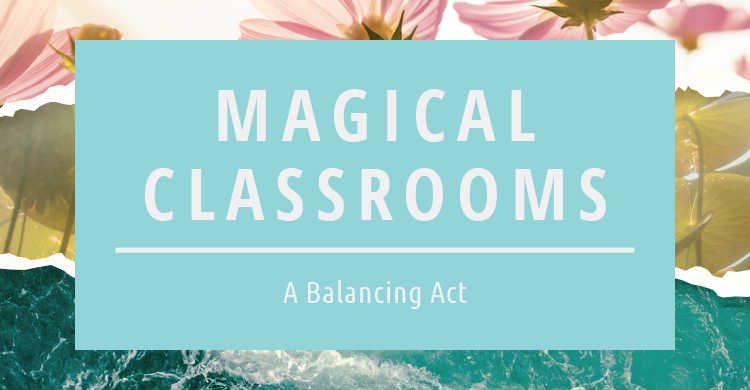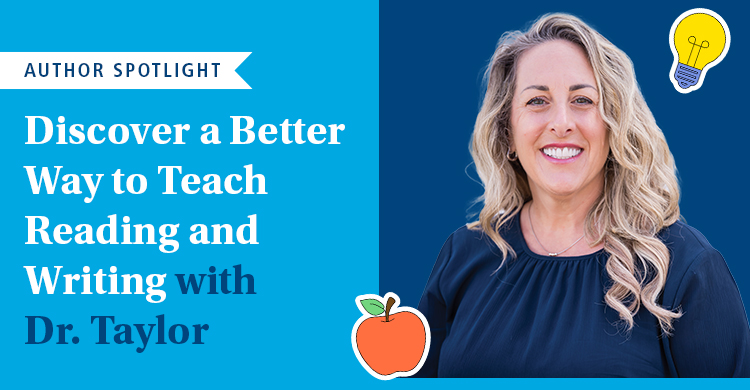Having observed teachers over many years, I’ve often contemplated what makes some classes magical. I believe that in these magical classes, teachers apply a balance between what I’ve termed teacher strategies and student strategies. I’ve developed these terms to highlight the difference between teachers’ instructional strategies, such as a jigsaw activity or anchor exercises and student strategies such as reciprocal teaching and explicit step-by-step instruction in math problem-solving.
Teacher Strategies
The teacher’s instructional strategy requires that the teacher be present to arrange the environment so that the activity can occur. For example, a Jigsaw activity is an effective way for students to learn new content; the content needs to be easily divided into section (i.e. the causes of World War II; Denke et al., 2020). The teacher begins by organizing the students into home-groups of approximately four students per group (based on the number of sections in the text). Each member of each group is responsible for a different section of the text. The second part of this activity involves students in the various groups, all of whom read the same portion of text, gathering to discuss what they’ve read. The final stage in this process is where students return to their original home groups, and each student teaches their portion of text to their group members.
Another effective teacher strategy is Numbered Heads Together (Purnomo, 2012). With this strategy, the teacher also divides the class into small working groups, and the students are required to collectively respond to questions based on the topic of the day. Students are rewarded points as a group for the correct response, thus encouraging all students to ensure that their group members can correctly answer each question. Another example of an instructional strategy is the anchor activity structure (Corlett, 2003). This strategy is useful for students who complete an assigned task before their classmates.
For this strategy, teachers keep anchor activities on hand for these students, thus allowing extra time for other students who may need it. Those who have completed the task work on supplementary, challenging and engaging activities (i.e., find an alternate ending to the story, create a jingle of the important facts in the text). With teacher instructional strategies, the teacher serves as a conductor enabling the instructional process to occur. Without the teacher designing the activity, there would not be the Jigsaw designated groups, questions for the numbered heads together or anchor activities for students who have completed their work. Effective instructional strategies lead to effective learning, time on task and student engagement.
Student Strategies
In contrast, student strategies comprise methodical, intentional, and metacognitive teachings that gradually lead to students mastering essential skills. Master teachers are, after all, designers of these student strategies because, with explicit step-by-step instruction, students transition from novice to eventual experts in the target skill. Whereas the teacher’s presence is required to create the teacher instructional strategies, the need for the teacher becomes significantly reduced once the student has mastered the skill. The teacher’s role is essential as she serves as expert mediator, guiding the students, one step at a time, toward proficiency of the skill, knowing how much to guide and when to release responsibility to the learner.
An example is instruction in math problem-solving. Once students have been explained the meaning behind the math concept (meaning should always come first), students are taught how to problem-solve using an approach that is first modelled by the teacher (first you need to… then you need to…; Doabler & Fien, 2013). Once the teacher has modelled the steps, students complete another similar example orally as a whole class. Students are then given one example to try independently and encouraged to follow the steps as modelled by the teacher. Finally, once students have mastered this one example, they work on automaticity by completing many similar examples. Students are always encouraged to follow the steps in the process. Eventually, students master the skill and are able to engage in more complex tasks (Doabler & Fien, 2013).
Another effective strategy is Reciprocal Teaching (Pilton, 2016). Students are taught to engage in an effective dialogue comprising specific steps such as prediction, summarizing, questioning and clarifying using a target text. Both strategies are considered student strategies because they are gifts that the teacher gives to her students. A gift is meant to be used by the receiver independent of the giver. Student strategies are gifts that the teacher gives her students because they will eventually be used by the students independent of the teacher. A graduate student of mine once remarked how she thanks her grade 10 English teacher every time she writes because of the gift of writing he gave her. She mentioned that she hears his voice in her head when she is stuck writing a challenging text. His voice guides her through. Student strategies become these gifts that the teacher gives her students in perpetuity.
Ultimately, magical classroom environments and the teachers who lead them incorporate both teachers’ instructional strategies and student strategies to ensure engagement, fulfillment, and mastery of skills.</p>
Corlett, C. (2003). Anchor activities. Science Scope, 26(6), 40.
Denke, J., Jarson, J., & Sinno, S. (2020). Making the invisible visible: Enhancing information literacy and metacognition with a constructivist activity. International Journal for the Scholarship of Teaching & Learning, 14(2).
Doabler, C. T., & Fien, H. (2013). Explicit mathematics instruction: What teachers can do for teaching students with mathematics difficulties. Intervention in School and Clinic, 48(5), 276-285.
Pilten, G. (2016). The evaluation of effectiveness of reciprocal teaching strategies on comprehension of expository texts. Journal of Education and Training Studies, 4(10), 232-247.
Purnomo, S. (2012). Improving the students’ reading comprehension through Numbered Heads Together technique. Journal on English as a Foreign Language, 2(2), 37-44.







awesome article